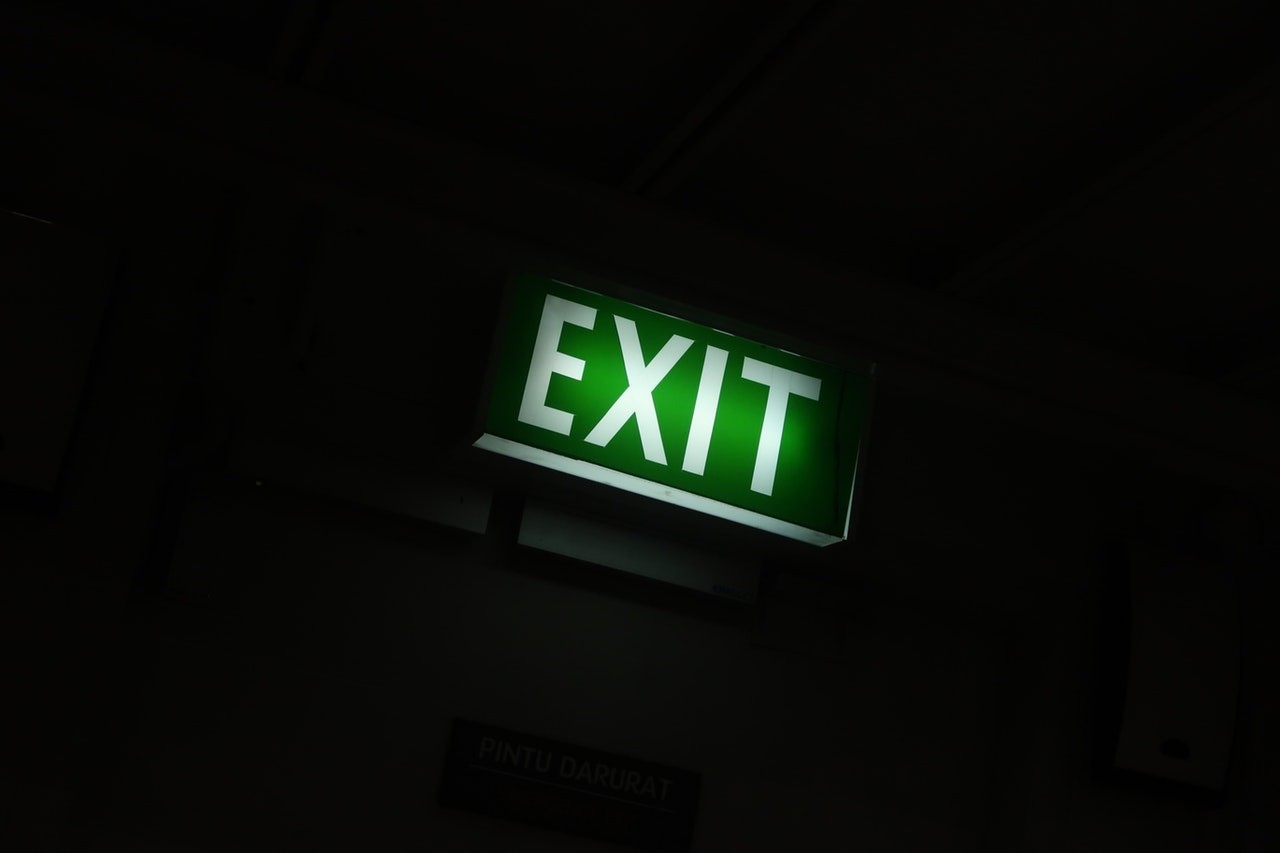The purpose of emergency lighting is to ensure adequate illumination is provided when the power supply to the normal lighting fails. Emergency lighting is key in making sure people can exit a building safely in the event of an emergency. Emergency lighting illuminates the means of egress which includes stairs, aisles, corridors, ramps, and escalators leading to an exit.
According to NFPA 101 Chapter 7.9, emergency lighting is required in most buildings and structures, however, there are a few exceptions that are outlined further in 2018 NFPA 101.
Below, we will cover some of the exceptions where emergency lighting is not required, but please note it is important to discuss and verify all code interpretations with officials in your area.
Open Structures & Certain Towers
It is stated in Chapter 11.2.2.9 that open structures shall be exempt from emergency lighting requirements. Examples of this type of structure could be a large gazebo or covered seating in an amphitheater.
In Chapter 11.3.2.9, it also states that towers where ladders are permitted, locations not regularly occupied by humans, and structures occupied only during daylight hours that have windows arranged to provide the required level of lighting for all portions of egress during such hours (if approved by your AHJ) should be exempt from the emergency lighting requirements in Chapter 7.9.
Smaller Private Party Tents & Places of Worship
Chapters 12.2.9.2 and 13.2.9.2-3 speak to assembly occupancies (new and existing, respectively). It states that private party tents not exceeding 1,200 square feet do not need to follow the emergency lighting requirements.
Also, assembly occupancies that are used exclusively for a place of worship, and have an occupant load less than 300, are also exempt from the emergency lighting requirements.
Daycare Occupancies
Chapters 16.2.9 and 17.2.9 state that emergency light requirements are enforced in the following areas of a new or existing daycare (if applicable): interior stairs and corridors, assembly use spaces, flexible and open plan buildings, interior or limited access portions of buildings, and shops and laboratories.
Motels and Dormitories with Exterior Exit Doors
According to chapters 28.2.9.2 and 29.2.9.2, the emergency lighting requirements shall not apply in new or existing hotels and dormitories where each guestroom or guest suite has an exit directly to the outside of the building at street or the finished ground level.
Smaller Apartment Buildings
New and existing apartment buildings must provide emergency lighting in all buildings that are four or more stories in height or with more than 12 dwelling units, unless every dwelling unit has a direct exit to the outside of the building at the finished ground level according to chapters 30.2.9 and 31.2.9.
Class C Mercantile Occupancies
New and existing mercantile occupancies must meet the emergency lighting requirements if they are a Class A, Class B, or a mall structure. Class C structures, which is defined as a store not more than 3,000 square feet and one story only, are not required to have emergency lighting according to the requirements found in chapters 36.2.9 and 37.2.9.
Smaller Business Occupancies
According to chapter 38.2.9.1, new business occupancies must have emergency lighting if the building meets any of the following conditions: three or more stories in height, occupancy is subject to 50 or more above or below the level of exit discharge, and/or the occupancy is subject to 300 or more total occupants.
According to chapter 39.2.9.1, existing business occupancies must have emergency lighting if the building meets any of the following conditions: three or more stories in height, occupancy is subject to 100 or more occupants above or below the level of exit discharge, and/or the occupancy is subject to 1,000 or more total occupants.
Special-Purpose Industrial Occupancies
Chapter 40.2.9.2 states that special-purpose industrial occupancies without routine human habitation, and structures occupied only during daylight hours with skylights or windows arranged to provide the required level of illumination on all portions of the means of egress during such hours, are exempt from the emergency lighting requirements outlined in chapter 7.9.
Certain Storage Occupancies
All storage occupancies need emergency lighting except for spaces occupied only during daylight hours with windows arranged to provide the required level of illumination on all portions of the means of egress during such hours, if approved by the Authority Having Jurisdiction, according to chapter 42.2.9.
Again, It is important that you always discuss all code interpretations with your local AHJ.

